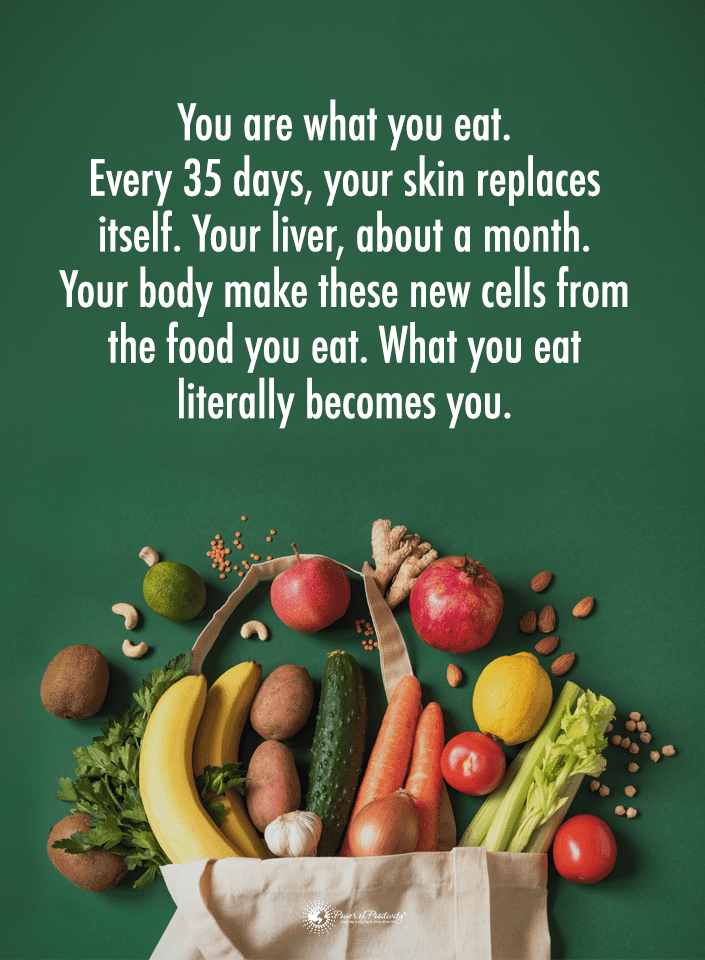Every time you go grocery shopping, you see more food items advertised as “healthy,” but do you read the nutrition labels yourself? If you’re like most people, you assume it’s good for you and add it to your cart. However, the criterion for claiming something is healthy food is outdated, and the FDA wants to make necessary changes.
Recently, the FDA released a statement with their proposal for updating the criteria for nutrition labels. According to the report, their goal is to revise labels to match current nutritional science. The FDA hopes to reduce the burden of chronic disease and advance health equality.
The FDA and Nutrition Labels Regulation
An article published by the FDA states the U.S. government began food and drug regulations in 1848. However, the FDA wasn’t officially established until Congress passed the 1906 Pure Food and Drugs Act. The FDA provides consumer protection that was non-existent in the past.
In 1966, the federal government and the FDA mandated that all grocery products must have ingredient labels. Consumers have a right to know what’s in the products they purchase. Before 1990, the government only required nutrition labels for fortified products or those that made nutritional claims.
As medical research discovered more facts about human nutrition and disease prevention, it put more pressure on the FDA. The Nutrition Labeling and Education Act of 1990 followed the Department of Health and Human Services standards. It created criteria for health claims and standardized ingredient panels, nutritional labels, and portion sizes.

What Is the FDA’s Criteria for Various Health Claims and Food?
It’s little wonder that you may feel overwhelmed when checking food labels in the supermarket. Countless products demand your attention with bold-faced labels with claims like the following:
- Low Fat
- Sugar-Free
- Heart Healthy
- Keto
- Gluten-Free
- Organic
- Fat-Free
- High in Fiber
An article published by the National Library of Medicine outlines FDA criteria for products that claim they’re healthy.
1. Individual Foods
The product must be low-fat, as defined by having three grams per portion. It must also be low in saturated fat, meaning that no more than the total saturated fat per serving is 15% or less. Each portion must have 480 milligrams or less of sodium.
The product must contain at least 10% per serving of the recommended daily allowance of vitamins and minerals and have nutritional fortification that follows FDA protocols.
2. Entrée or Meal Kits
For these products to be labeled as “healthy,” they can’t have more than 3 grams of fat per every 5 grams in a portion. The total fat percentage may not exceed 30%. No more than 10% of the total fat grams may come from saturated fat.
Total grams of cholesterol must be no more than 90 milligrams per portion. The sodium content can’t exceed 600 milligrams; each portion must contain 10 % of the RDA for vitamins and minerals. Any fortification must also follow FDA guidelines.
3. Meat/Seafood Products
The fat grams can’t exceed 3 grams per every 100 grams in a portion. Also, each portion’s total fat percentage must be 30 percent or less. Of the total fat percentage, saturated fat has a maximum of 3 grams per every 100 grams of each portion.
Cholesterol must be less than 95 milligrams per portion. Healthy criteria for sodium, beneficial nutrients and fortification follow those of entrees and meal kits. The good news is that the FDA’s criteria must evaluate any of the mentioned foods before getting the “healthy” label.

The White House Conference on Hunger, Nutrition, and Health
Medical experts have recognized the link between proper nutrition and fighting chronic diseases. Product transparency is imperative; the nutrition labels must be modified to reflect it. The FDA realizes that nutritional standards aren’t static, so the agency has announced positive is coming.
In September 2022, the second White House Conference on Hunger, Nutrition, and Health convened in Washington, D.C. An article published by the U.S. Department of Health and Human Services summarizes the details. The first conference was held over fifty years ago.
The conference was created to discuss issues concerning hunger in America, nutrition, and health. It greatly influenced essential programs like school lunches, Women, Infants, Children (WIC), and SNAP benefits. It also focused on proper nutrition and avoiding chronic diseases.
You may be shocked at hunger and chronic disease statistics in America. According to statistics from the Food Research & Action Center, at least 33.8 million Americans struggled with hunger in 2021. They also lacked access to nutritious and affordable food.
These statistics also note the disparagement of minority groups and those who live in rural areas. Sadly, approximately one in six American children go hungry daily. However, the article mentions that food subsidy programs like SNAP and school lunches lifted 3.2 million people out of poverty.
Nutrition & Chronic Diseases
The 2021 White House published a report that outlines the government’s efforts to address poor nutrition and related diseases. The correlation between poverty, malnutrition, and conditions is concerning. Diet-related illnesses are a growing epidemic among American adults.
Statistics from 2020 demonstrate that heart disease claimed more than 600,000 adults in the U.S. Approximately four in 10 people have high blood pressure and one in ten battle diabetes. Obesity rates averaged around four out of every ten Americans, and reading nutrition labels is an excellent place to start seeing what you’re ingesting.
Current eating patterns are also addressed since most don’t follow FDA dietary guidelines. These represent a balanced diet of protein, vegetables, whole grains, fruit, dairy, and heart-healthy fats. Instead, many Americans consume a diet high in calories, saturated fat, sugar, and salt.
Additionally, the conference discussed issues concerning physical fitness, and the report highlights its benefits. If you exercise daily, you can reduce your risks of chronic diseases like diabetes and hypertension. Current statistics suggest that about 24% of U.S. adults don’t follow the government’s recommended guidelines for exercise.
Final Thoughts on the FDA and Revised Nutritional Facts Labels for Food
While the government can provide statistics, guidelines, and suggestions for optimal health, you decide to read nutrition labels and be accountable. Fortunately, the FDA and other agencies work together to help you make informed choices. Adopting a healthy lifestyle with balanced nutrition and exercise now can lower your risks of serious diseases later.





















